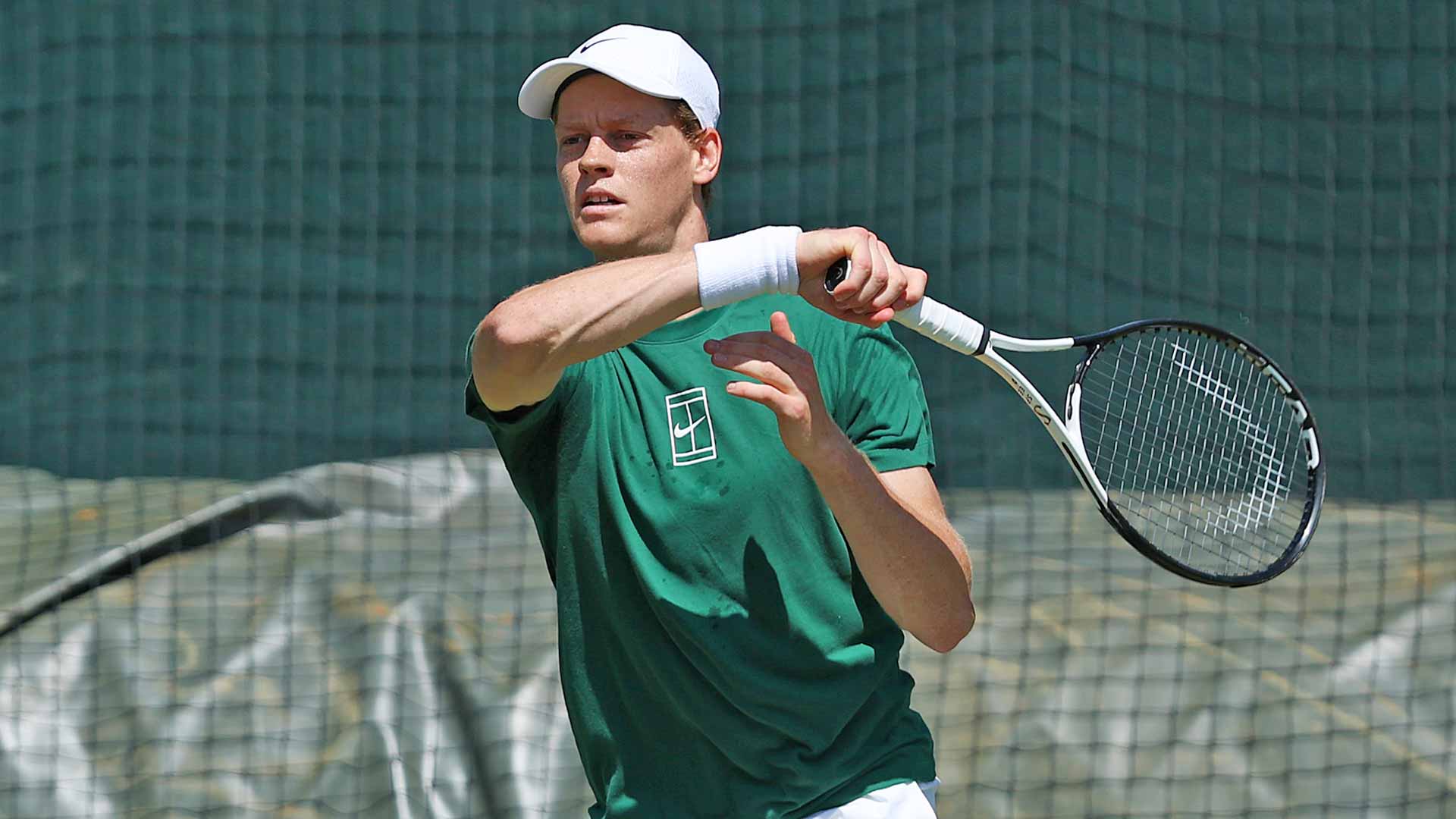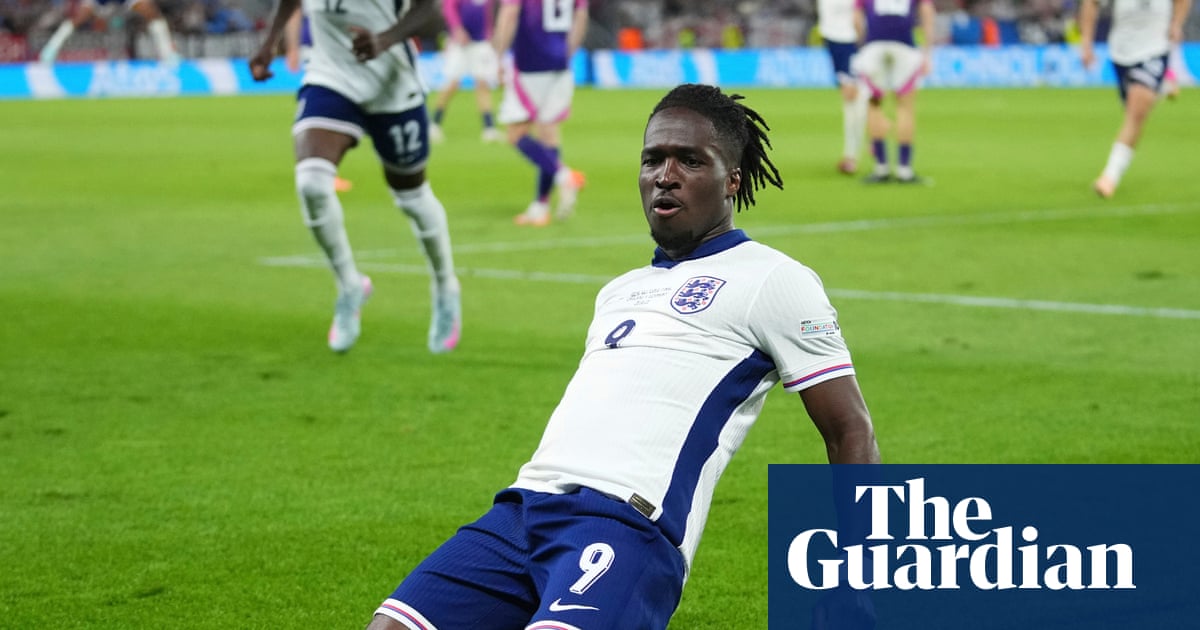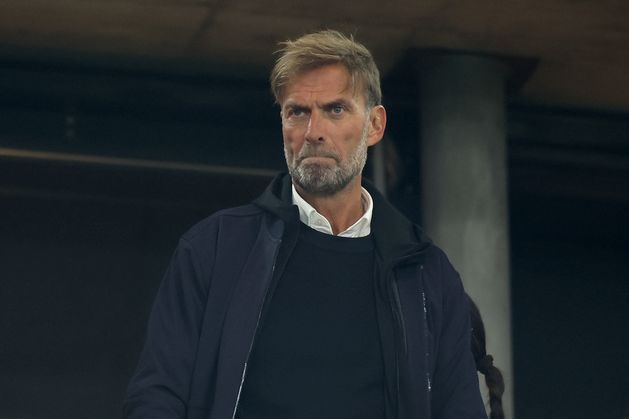Withering Wimbledon magic: Why India’s love affair with the iconic grass courts turned sour

From a record attendance exhibition match in Africa to a money-spinning streaming show in Las Vegas, modern tennis might be expanding its horizon. Yet, at its heart remains Wimbledon. India's Rohan Bopanna and Rutuja Sampatrao Bhosale during the Mixed Doubles Final tennis match(PTI)And it’s that time of the year when it springs to life. When the freshly cut green of the 1868-founded All England Club meets its sternest test of modern day battle-hardened baseliners. When players trade the flashy outfits for crisp whites. And when a gush of nostalgia hits Indian tennis, awakening a sport currently in slumber of its more stellar past.For it’s at the oldest and most revered Grand Slam that some of the country’s greatest in the sport had their finest achievements. It’s here that a father-son duo had the distinction of each becoming the junior singles champion. It’s here that a teenager made the world sit up and take notice by reaching the singles quarter-final. It’s here that a fire-and-ice doubles combination blazed through the men’s championship. It’s here that a trailblazing woman left her mark on the hallowed Centre Court as a doubles champion.And yet, it is here, at the SW19, that India will not have a player in the main single’s draw this year. No Indian has played the final in either the doubles or mixed doubles in a decade. And even in the juniors championships, it has been 10 years since an Indian boy or girl claimed the title.Once, generational greats — from Ramanathan Krishnan, to Ramesh Krishnan and Vijay Amritraj, to Leander Paes and Mahesh Bhupathi and Sania Mirza — carried India’s flag at Wimbledon, and all of them left a mark at what many call the mecca of tennis. Today, that flag is left without a worthy bearer. In this edition starting Monday, Sumit Nagal, the country’s lone face in singles, crashed out in the first round of qualifiers.“Most academies and clubs, especially in India, have a lot more hard courts now,” Yuki Bhambri, India’s former top 100 in singles and current doubles world no. 35, had told this paper.“For every player, it’s hard to adapt to grass. The grass courts at Wimbledon have changed too and are a lot slower, which only adds to the challenge.”But it was not always this way.India’s sprinkling presence in the tournament that began in 1877 began from the early 1900s, but it wasn’t until around the 1950s that Indian players advanced beyond the early round in singles. In 1947, Sumant Misra won his first two singles matches and also made the doubles quarter-finals.India’s flavour, though, truly and richly blended on those grass courts in 1954, when Ramanathan Krishnan captured the boys’ singles title. The Indian was the first Asian player to achieve the feat in the junior level, and went on to break further barriers at the pro stage.Ramanathan, the former world No.3, twice entered the singles semi-final at the 1960 and 1961 editions of Wimbledon, playing with wooden racquets and setting the bar where no Indian has managed to go again till date. In 1961, Ramanathan produced one of the most memorable results by defeating Australian Roy Emerson, a 12-time Grand Slam singles champion, in the quarter-final. The legendary Rod Laver up next would prove a bridge too far.Yet, Ramanathan had trailed a path for the others to follow in the Open Era. Not least his son Ramesh, who also won the Wimbledon junior singles title in 1979 and, seven years later as a pro, reached the quarter-final.“I grew up with the aura of Wimbledon all around, and with my father’s achievements there in the background. So, very early on, I learnt about the importance of Wimbledon,” Ramesh said over phone.“It was 50 years ago that I made my first visit to SW19. That was the year Arthur Ashe surprised in the final. I also remember watching the great Ken Rosewall play at Wimbledon. He was seeded second and was 40 years old. Quite remarkable.”Before Ramesh’s 1986 quarter-final finish, a wide-eyed 19-year-old from Chennai checked into the All England Club in a Rolls Royce — then the official tournament car — and walked off as a quarter-finalist. Flaunting a big serve and a style that suited grass, Amritraj motored along the draw and into the last eight in 1973. Amritraj would repeat the run in 1981, only to be stalled by Jimmy Connors.India’s Wimbledon momentum was picked up again in the next decade by two doubles stars who came together to form one sparkling combination.Paes and Bhupathi had their phases of ups and downs, and friendship and friction, yet nothing could quite top their fireworks together at the 1999 Wimbledon. Coming fresh off their doubles triumph on Parisian clay, the Indian duo also lit up the grass courts of London with their contrasting games and personalities. One a net wizard, the other a baseline beast, together a heady concoction that left Wimbledon in a daze. Bhupathi bagged two more titles there in mixed doubles. Paes took four more, two of them with Martina Navratilova and Martina Hingis.Sania, the only Indian woman to make Slam runs a routine in singles and then doubles, also had Hingis for company for among her most cherished moments — lifting the 2015 women’s doubles Wimbledon title.Sania and Paes lifting trophies there a decade back is, incidentally, the last time any Indian did that at Wimbledon. The country’s tennis has nosedived since.Almost fitting, thus, is Ramesh’s fondest Wimbledon story from his playing days and Indian tennis’ heydays: “We had reached Southfields tube station and asked someone, “How do we get to Wimbledon?” And he answered, “Practice, mate, practice”.”












